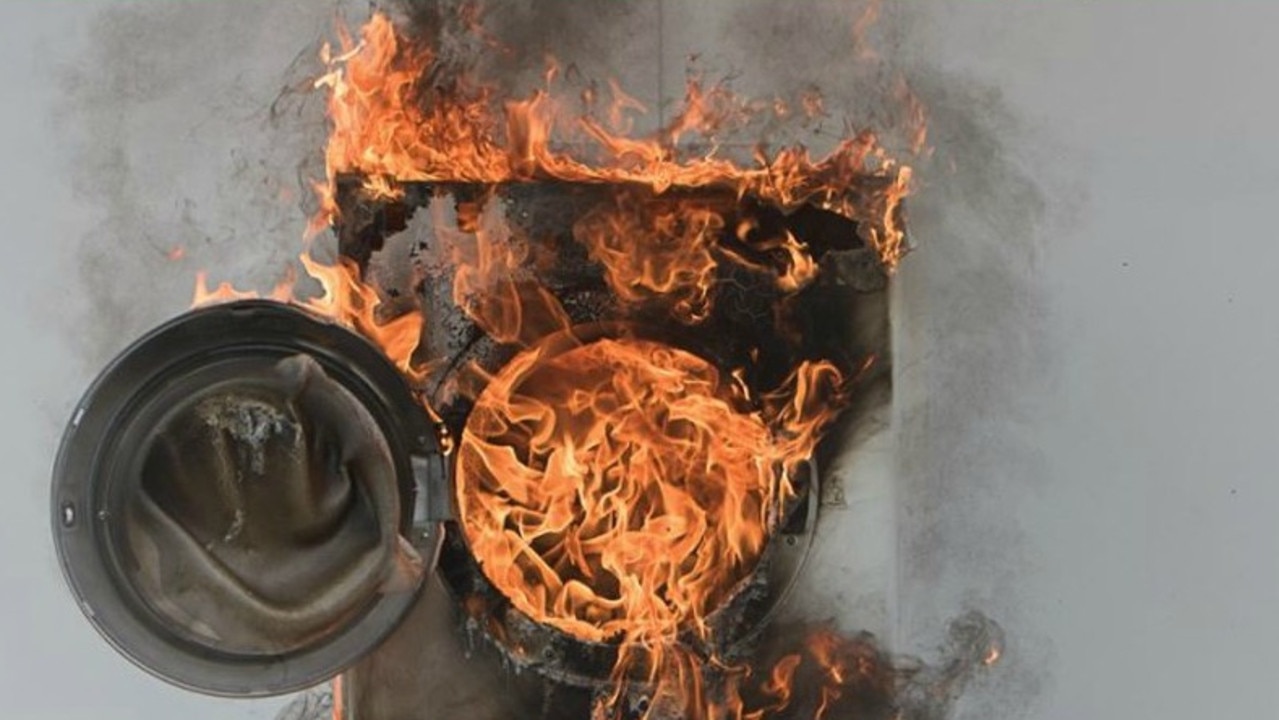Dryer fires usually start beneath the dryer when the motor overheats. Overheating caused by a build-up of lint in the duct that increases the drying time and blocks the flow of air, just like cholesterol in your arteries can build up and block the flow of blood to your heart. Naturally, any lint that has collected under the dryer will burn and the draft from the dryer will pull that fire up into the duct. Since the duct coated or even blocked with lint, many times a house fire results. Other contributing conditions may include failure of the thermostat and limit switches in the dryer, lint inside the dryer, a missing or damaged lint screen, a crushed hose behind the dryer, or a bird’s nest or other debris blocking the vent.
WHAT CAN CAUSE A DRYER FIRE?
The most common cause of dryer fires , failure to do a thorough cleaning. Because a lint trap not a foolproof method for catching all the fuzzy stuff from clothes, lint can gradually build up and catch fire in the heating element or exhaust duct.
Further compounding the problem seemed as the fact that many people now install dryers outside of their basements. This typically results in dryer vent pipes being much longer. Those longer vent pipes contains a greater likelihood of twisted and turned to accommodate the structure of the home—and that creates spaces for lint to collect.
Higher Risk Situations
- Residential dryer vent lengths may not have an equivalent length greater than 25 feet. Five additional feet for each 90-degree bend must added to the actual physical length to compute the vent’s equivalent length. This will determine the vent’s actual resistance to the airflow.
- Homes with larger families or where dryers are used heavily are at greater risk.
- Flexible plastic duct is no longer code-approved for clothes dryers. In addition, normally one of the first things burning lint will ignite, having been shown to flame in as little as 12 seconds. Lower cost and high flexibility often make it attractive to unadvised homeowners installing their own machines.
- Flexible duct made of thin foil is not recommended for clothes dryers. It’s tendency to “kink” and stop airflow makes it dangerous to use.
HOW CAN I PREVENT A DRYER FIRE?
Every time you clear out the lint filter, you’re making the house a little safer. Clean the flammable stuff out of the filter after every drying cycle, and always practice these dryer-fire prevention tips.
- Keep a 5-pound ABC fire extinguisher within easy reach of the clothes dryer
- Have dryer vents professionally inspected and cleaned several times a year.
- Ask your appliance technician to check vent size and location for optimum safety
- Pay attention to changes in dryer operation like prolonged dry times or overheating.
- Don’t run the clothes dryer if you plan on leaving the house or going to bed for the night.

